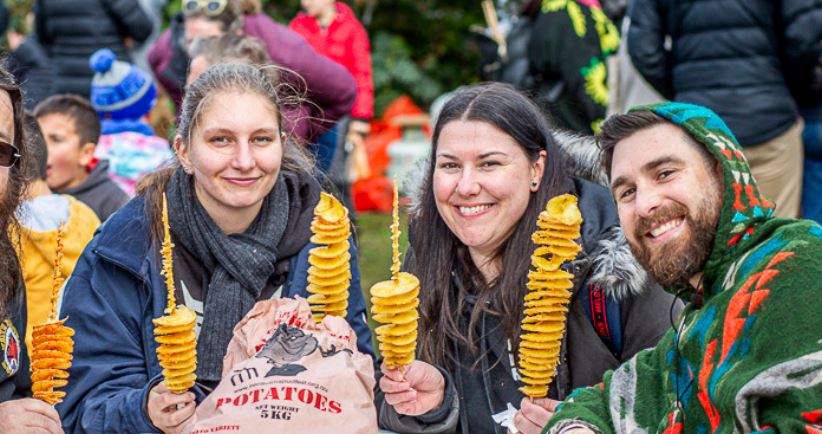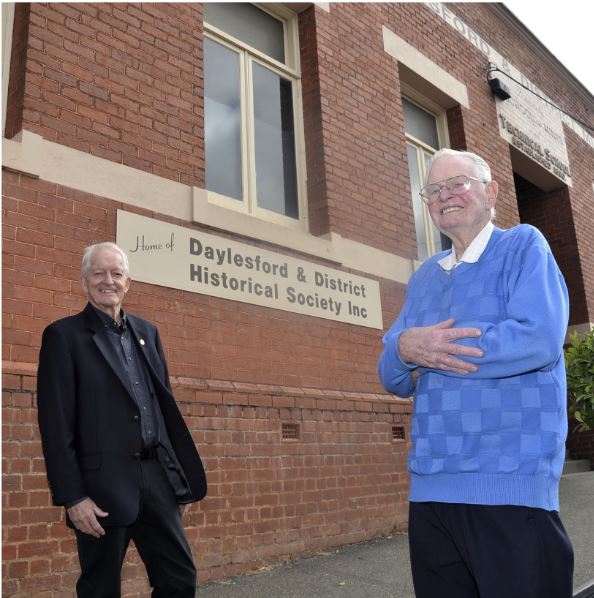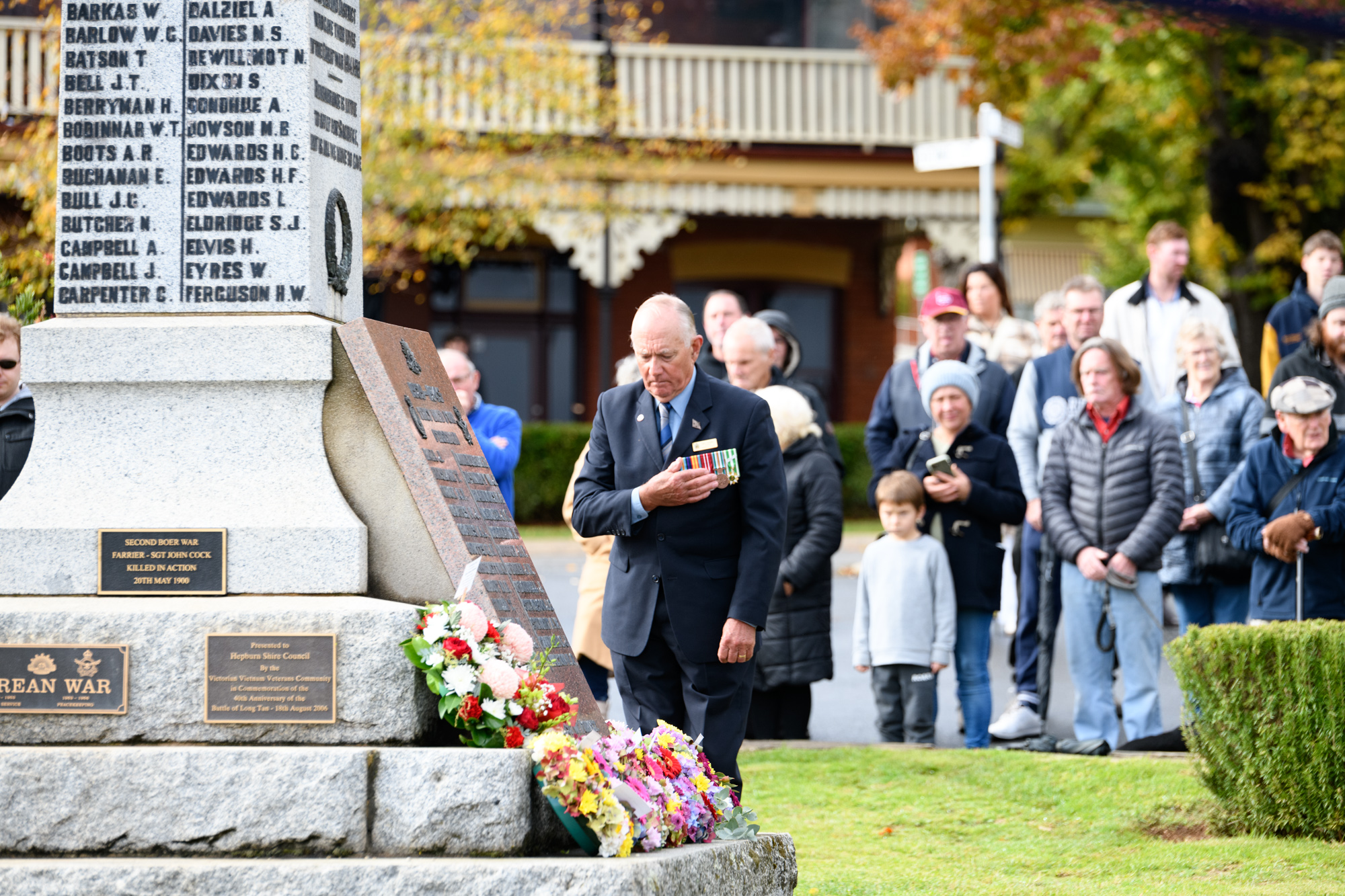February 14th, 2021Uncovering the history of the Convent Gallery
The first Presentation convent in Australia opened at Richmond, Tasmania in 1866 and as the need for Catholic education in the new colony of Victoria grew, pioneering Presentation Sisters responded by establishing convents and schools there including Daylesford.
By the turn of the 1890s the order took possession of an empty house on the slopes of Wombat Hill, first built in 1862 for gold warden and magistrate James Daley. It was named the Holy Cross Convent and Boarding School for Girls and was opened in 1891 with 27 students. Over the course of 80 years with renovations and additions of extra rooms and buildings they turned it into what visitors encounter today as the Convent Gallery. Some 50 years since the remaining four nuns moved to a new convent next to St Peter’s Church in Duke Street, the memory of the Presentation Sisters order still infuses its atmosphere. And owner Tina Banitska has made sure the many stories associated with their tenure are not lost to time.
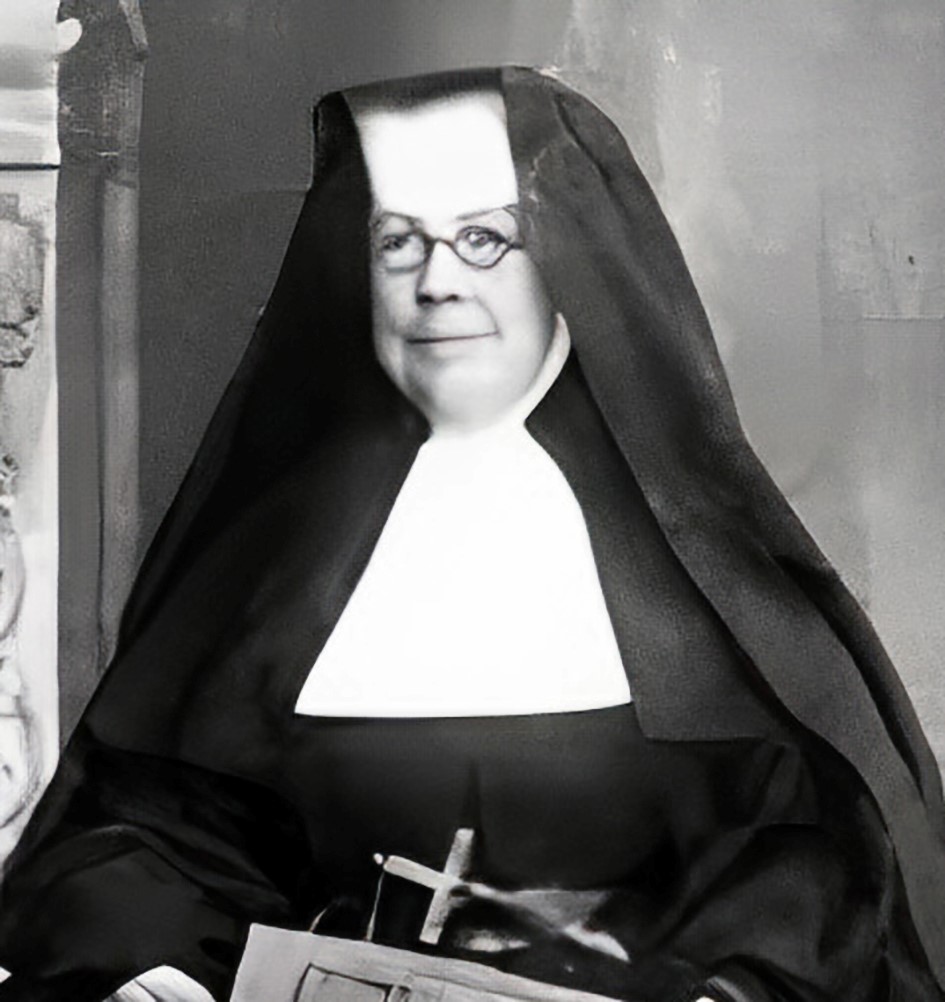
In fact, one of the positives to come out of the 2020 lockdown, when attractions like the Convent Gallery had to shut their doors, was to give staff Marija Fina and Rebecca Walker the chance to properly collate the various strands of the sisters’ history, their cloistered lives and ultimately their legacy.
“What I took away from the project,” says Marija, “was a real admiration for these women who were living in a time when women didn’t have a lot of rights and many just got married. Perhaps for some women (joining an order) was a way of actually having more control in their lives, a form of empowerment in a way.”
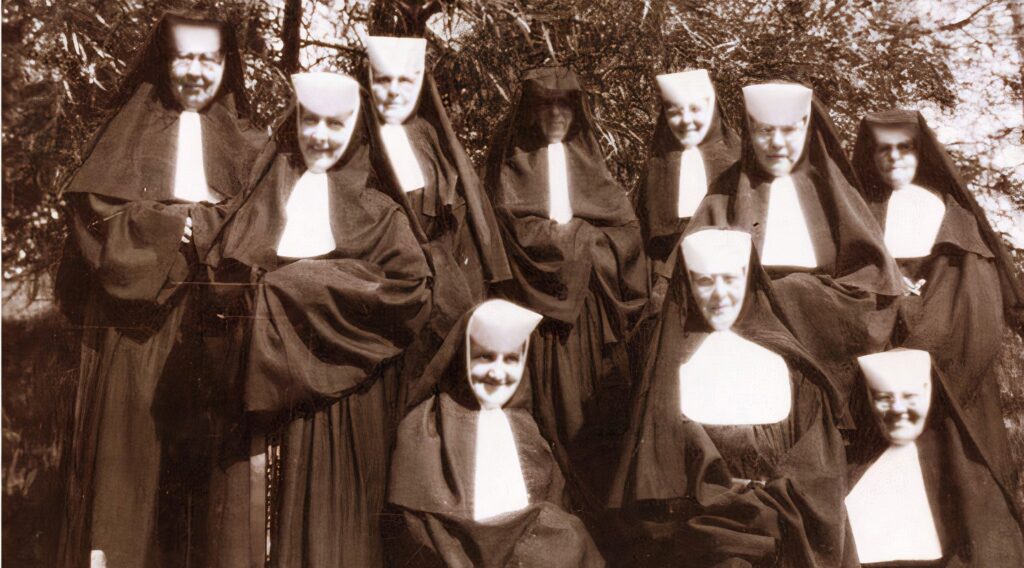
This certainly seemed to be the case for Mother John Byrne – the woman who established the local order and served as its first Reverend Mother or leader. Originally from Kildare, Ireland she arrived in Melbourne in 1873 and set about establishing convents in Wagga Wagga in 1874 and Elsternwick in 1881 before heading to Daylesford. Accompanied by sisters Alphonsus Southwell, Michelle O’Sullivan, Gertrude Donaghy, Teresa Bourke and Angela Sullivan, Mother Byrne was determined to bring culture, education and the arts to the Daylesford community.
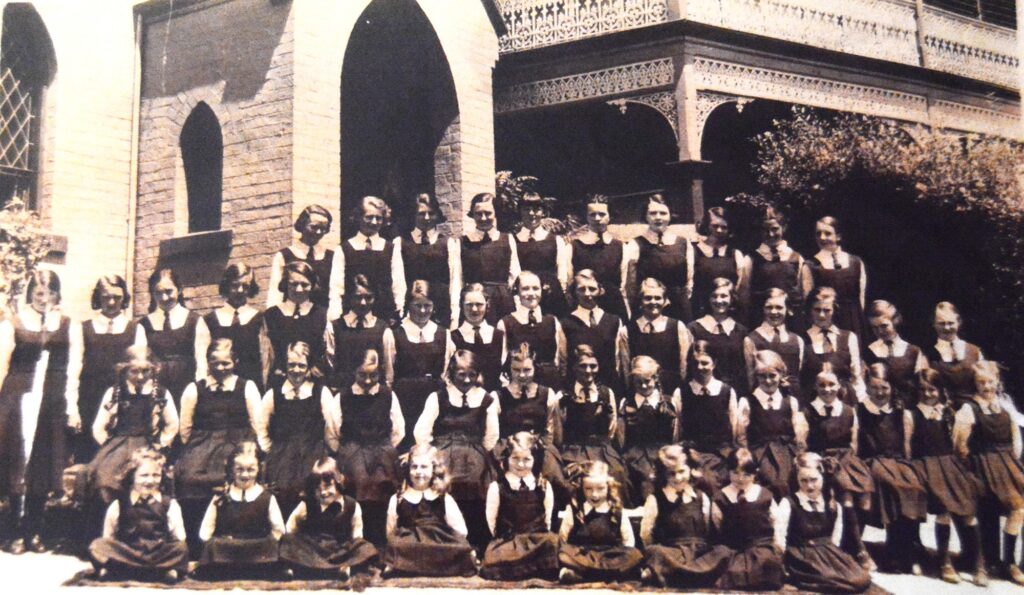
Sister Sebastian Lardi, later to become Reverend Mother serving from 1923 to 1928, remembered her as: “A dignified and gracious lady and aristocrat to her fingertips. A woman of great breadth of mind, hospitable, well educated, strong and in the liberal tradition of Nano Nagle, she had a vision and the courage to carry out her plans.” After Daylesford, Mother John established convents in Rutherglen, Chiltern and Inglewood before passing away in 1906. In 1897 Alphonsus Southwell was made the Daylesford Convent Mother Superior and remained in that position until Sister Joseph Masterton took over in 1914. She was followed in turn by Sister Alphonsus in 1917.

When a woman officially entered the novitiate – becoming a novice in a religious order, they would receive a name, such as a saint, to denote their new state in life. That is why many of the inducted nuns carry men’s Christian names.)
Over the years, 106 women followed Mother Byrne into the Daylesford Convent. And while the first eight years were difficult, by the end of 1901 the number of boarders were increasing and the order was prospering. The dormitory spaces were increased and the recollection of women who passed through there over the years opens a window to another time and place.
For example, Mary Buckley Sparks vividly describes the presence of Sister Christopher, a nun there in the years before WWII. “Sister Christopher glided about as though her feet were not on the ground. Head erect, taking in all as she went.” Or this recollection from Bernadette Cleary. “The nuns (were) remarkably competent, admirable women who instilled in me a lifetime love of learning.” To other girls, the women with their black full-length coverings were a source of great mystery. Monte Jenkins who was educated there in the 1920s recalled that she never saw the nuns out of their habit and the girls always imagined them as bald.
Former student and boarder from 1932 to 1941 Merlyn de Van der Schueren also offered these snapshots of life at the Holy Cross. “Sister Teresa: never gave up the old ‘habit’ and never gave up trying to turn Holy Cross girls into ladies. Sister Vincent: bent praying in the chapel. Mother Aloysius: a wonderful teacher and respected Reverend Mother. (And) The Presentation Sisters were women who gave their life to Christ. They were the true biblical holy women. They were holy, prayerful, hard-working, caring, happy and human.”
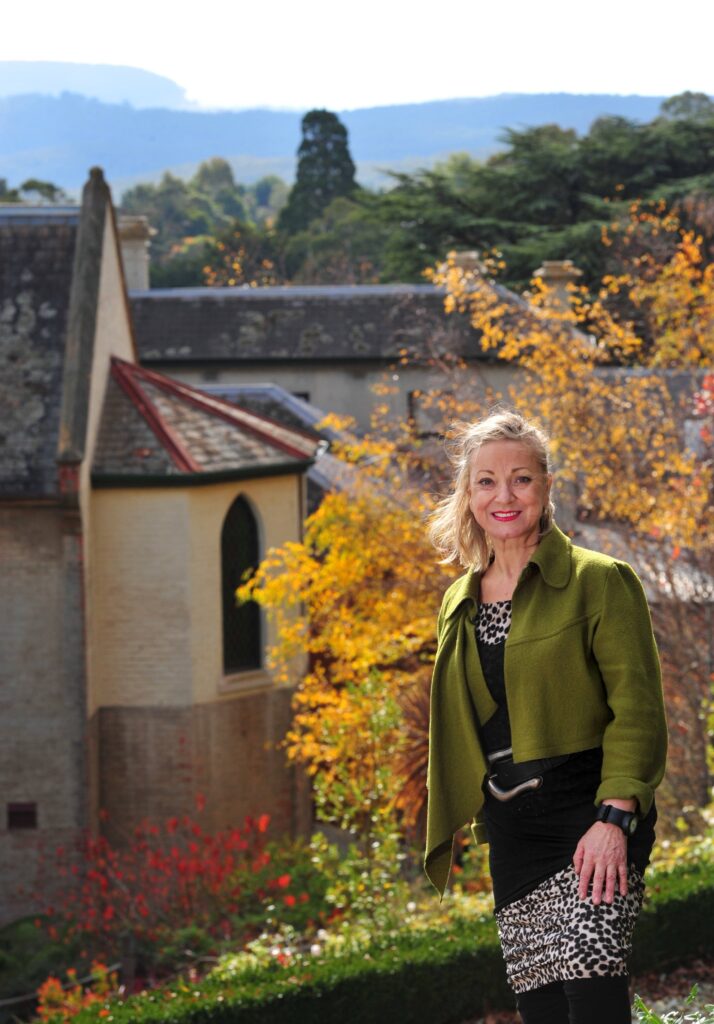
Thanks to Marija Fina and Rebecca Walker and the Daylesford Convent Gallery for their assistance with this feature
Pictured, above, Mother John Byrne 1890s; centre, Brides of Christ, rear from left, Sisters Margaret Mary Crowley, Loyola Moloney, Lawrence Teahy, Aloysius Evans, Columba Bailie, Fabian O’Keefe and Di Pazzi Hensker, front, from left, Joan Gallagher, Teresa McMahon and Gerard Walter; below, boarders at the Holy Cross Convent 1934; and final image, owner Tina Banitska and the Convent Gallery today
Words: Tony Sawrey | Images: Supplied








